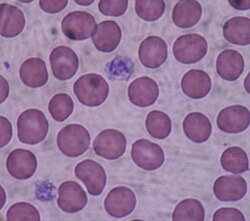john elliott
New Member
- Relationship to Diabetes
- Type 2
can anyone help me to choose ?
I have a 4yr old ultra 2 it seems to be ok.
I was given a jazz by my doctor [with free strips] for free
when testing with both meters at the same time the jazz consistently reads 2 full points more than the ultra 2
I called the company [ultra] and they sent me a brand new machine
I also went back to the doctor and got a new jazz
NOW I have 2 ultra 2 machines WHICH AGREE WITH EACH OTHER
AND 2 JAZZ machines WHICH ALSO AGREE WITH EACH OTHER
BUT the jazz machines BOTH consistently give results 2 points higher than the ultra 2 machines
When testing I use a new lancet for each meter and a new puncture for each meter and perform all 4 tests within 30 seconds of each other
I don,t mean to seem silly but which machine should I trust??
I have a 4yr old ultra 2 it seems to be ok.
I was given a jazz by my doctor [with free strips] for free
when testing with both meters at the same time the jazz consistently reads 2 full points more than the ultra 2
I called the company [ultra] and they sent me a brand new machine
I also went back to the doctor and got a new jazz
NOW I have 2 ultra 2 machines WHICH AGREE WITH EACH OTHER
AND 2 JAZZ machines WHICH ALSO AGREE WITH EACH OTHER
BUT the jazz machines BOTH consistently give results 2 points higher than the ultra 2 machines
When testing I use a new lancet for each meter and a new puncture for each meter and perform all 4 tests within 30 seconds of each other
I don,t mean to seem silly but which machine

